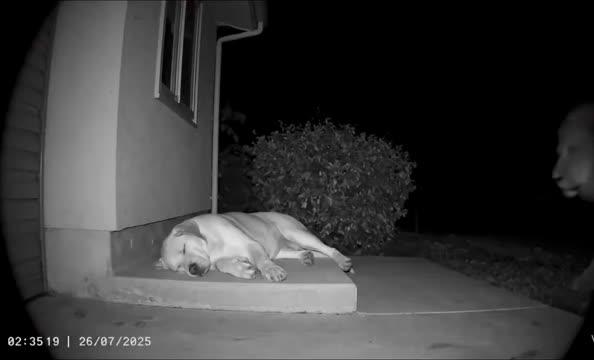
О чём стоит задуматься, чтобы ваша охота была интересной и безопасной: Оптика и навигация - Компас и карта Описание: Резервные инструменты для ориентации на местности. Модель: Silva Ranger 2.0 Магазин: silva.se Преимущества: Высокая точность и надежность в экстремальных условиях. Простой и интуитивно понятный интерфейс. #silva #compass #map
Post: 18 October 01:29














































